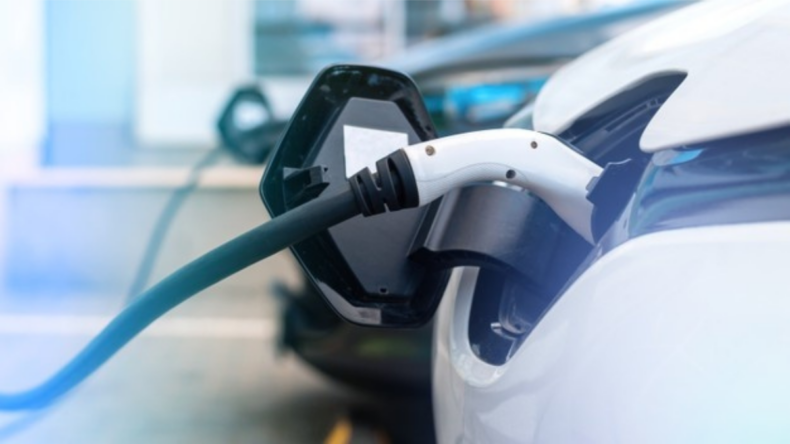With recent shortages of coal and increased concerns about climate change and a global green revolution, where does India stand with the adoption of EVs as a cleaner, more sustainable medium of transport?
What will Impact on EVs Industry Due Coal Shortage?
The Electric vehicle market in India is on the rise. A paradigm shift towards a greener environment with cleaner technology, especially in the automobile industry, is a big push for the Indian Government to open the market for greater acceptance of EVs. But with the recent ‘coal shortage’ and consecutive power crisis paired with the post-pandemic financial recovery, Can EVs be incorporated in the Indian Market within the projected timeline?
All we have the same question in our mind that is Can EVs be incorporated in the Indian Market within the projected timeline?. According to The Indian automotive industry is expected to be the third-largest globally by 2030, with an Rs.18.18 trillion valuations by 2026.
Today, with markets caps of more than tens and thousands of crores, some of India’s automotive Market’s big players are Maruti Suzuki, Tata Motors, Hero MotoCorp, and TVS Motors.
Why Tata Motors Bagged With TTMT
But the most significant right now, concerning the EV market in India, is Tata Motors. TTMT recently bagged Rs. 7500 crore for its electric vehicle segment, which is still relativity nascent, from a private equity company TPG. This event marked its share price by 20% boosting its market share to 71% in the EV segment. Some are also referring to this move as the ‘Tesla moment’ for Tata.
The reason for such huge investments and government policy efforts in inaugurating the EV adoption in India is due to benefits on a multitude of fronts, prevention of climate hazards due to vehicular emissions, employment opportunities for willing and skilled labour in the tech sector, usage of renewable energy resources, lower costs, increased FDI, etc.
The induction of EVs promises a much-needed migration from energy-intensive conventional transportation to e-motility in a cleaner, more sustainable way with fewer emissions. This promise is significant for India considering its massive dependence on coal, petrol and diesel for strenuous fuel consumption in transport.
Hence the ambitious target of the federal policymakers is to achieve 100% electrification by 2030. Many production-linked incentive schemes are being rolled out to increase battery manufacture in India and reduce its dependence on imports. Everything seems to point towards the seemingly huge penetration of EVs, especially in the two-wheeler sector, in the largely untapped Indian Market.
Then what seems to be the problem? India depends on coal for 70% of its electrical supply. The recent shortage due to the excessive surge in demand, increasing prices of imports, and the flooding due to the increased water levels in the monsoon seems to have put a dent in the industry estimation of EVs.
A power outage of any sort severely hampers the efficiency of electric vehicular transport systems, and to shift the focus from environmentally hazardous petrol and diesel, one needs to think of a more dependable source of energy.
The environmentalists have debated the clean promises of the EV revolution because of its dependency on coal run factories. But recent reports have shown a way out. India is likely to have a massive boom in the solar energy sector, and it is estimated to match coal’s share in the power generation mix.
With the recent efforts by the Indian Government in advancing the solar power sector in India and the inauguration of Asia’s largest solar power plant in Madhya Pradesh’s Rewa district; the adoption of electric vehicles in India per the ambitious goals of the industry will significantly depend on the sustainability of the electrical power generation sources and renewable energy usage.
Suppose India manages to decrease its dependency on coal and increase the adoption of solar, wind and tidal energy. In that case, we can see a bright future of the Electric Vehicle Sector by 2030.
Trending News :- How safe is India in comparison to the most dangerous countries in the world?













